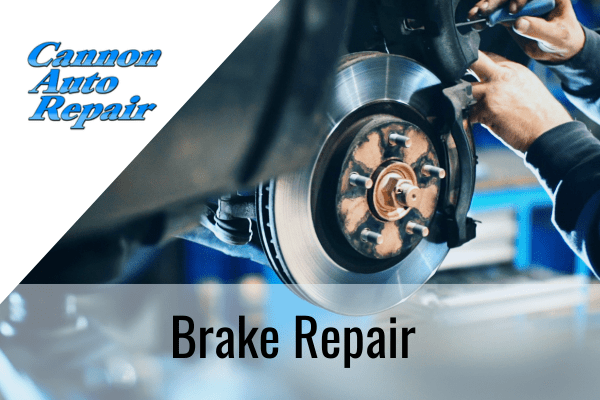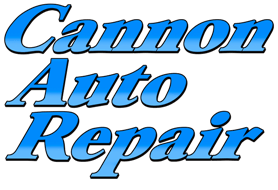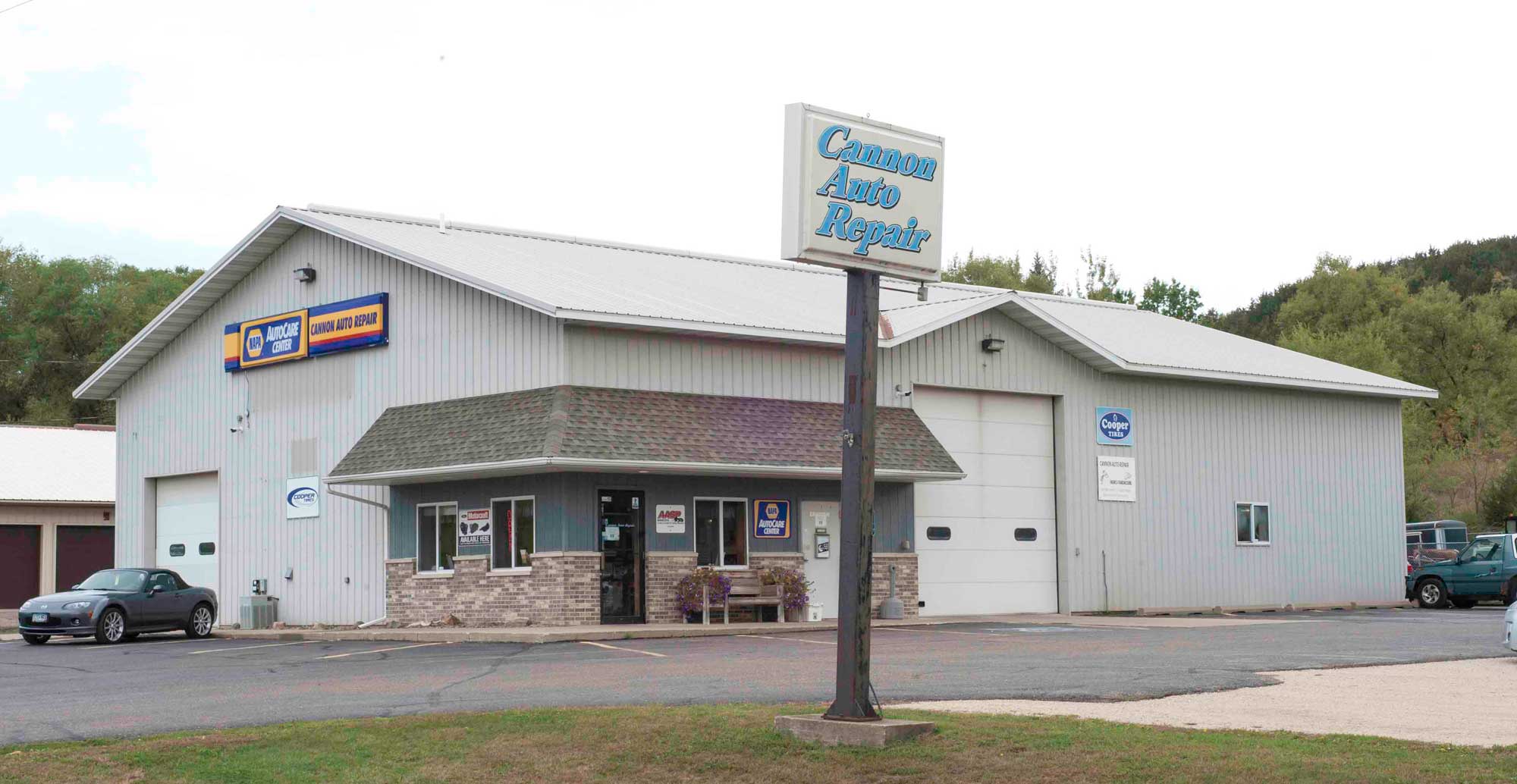How often should you get your brakes changed?
Brakes are an essential part of your car and can be the difference between life and death. Worn-down brakes can prevent you from stopping in an emergency and can result in major accidents. Most car owners will notice signs of worn-down brakes. When you notice these signs, you should immediately get your car checked and seek brake repair. The car professionals will alert you if there is an issue and help provide you with more information about how often should you get your brakes changed.
When trying to determine how often should you get your brakes changed and if you need brake repair, you should look out for warning signs. Some warning signs of worn-down brakes include high-pitched screeching when stopping, vibration when you brake, sensitive or highly insensitive brakes, grinding sounds, wear and tear on brake pads, or slow stopping.
For most cars, it is recommended to have your brake pads replaced every 10,000 to 20,000 miles and your brake rotors replaced every 50,000 to 70,000 miles. You can always ask your car maintenance expert to check your brakes when you get an oil change. Be sure to pay close attention to the sound of your brakes when you stop and how the brakes feel when you stop.
You should get your brakes inspected and repaired as soon as you notice an issue. It is worth the money that you will spend to help keep you and your family safe. This repair will not take much time and can save you a lot of time and money in the future. For example, repairing brake pads when you need to can prevent you from needing new rotors. Driving on worn-down brake pads will result in more costly repairs, like needing new rotors more frequently.
Wondering how often should you get your brakes changed? Contact our ASE-certified technicians at Cannon Auto Repair for more information about brake repair and to schedule an appointment. Our auto shop proudly serves residents in the community of Cannon Falls, MN, and the surrounding area.
Are you wondering how often should you get your brakes changed? Ask the brake repair specialists at Cannon Auto Repair for professional advice.
Brakes are an essential part of your car and can be the difference between life and death. Worn-down brakes can prevent you from stopping in an emergency and can result in major accidents. Most car owners will notice signs of worn-down brakes. When you notice these signs, you should immediately get your car checked and seek brake repair. The car professionals will alert you if there is an issue and help provide you with more information about how often should you get your brakes changed.
When trying to determine how often should you get your brakes changed and if you need brake repair, you should look out for warning signs. Some warning signs of worn-down brakes include high-pitched screeching when stopping, vibration when you brake, sensitive or highly insensitive brakes, grinding sounds, wear and tear on brake pads, or slow stopping.
For most cars, it is recommended to have your brake pads replaced every 10,000 to 20,000 miles and your brake rotors replaced every 50,000 to 70,000 miles. You can always ask your car maintenance expert to check your brakes when you get an oil change. Be sure to pay close attention to the sound of your brakes when you stop and how the brakes feel when you stop.
You should get your brakes inspected and repaired as soon as you notice an issue. It is worth the money that you will spend to help keep you and your family safe. This repair will not take much time and can save you a lot of time and money in the future. For example, repairing brake pads when you need to can prevent you from needing new rotors. Driving on worn-down brake pads will result in more costly repairs, like needing new rotors more frequently.
Wondering how often should you get your brakes changed? Contact our ASE-certified technicians at Cannon Auto Repair for more information about brake repair and to schedule an appointment. Our auto shop proudly serves residents in the community of Cannon Falls, MN, and the surrounding area.


